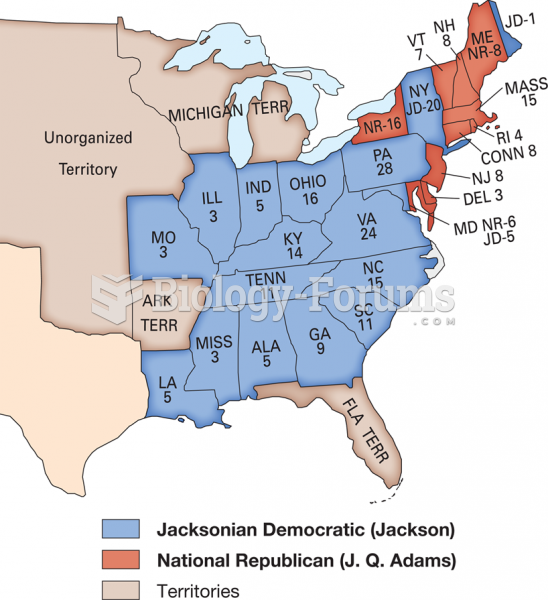Answer to Question 1
A recent source of significant income and some employment has been the introduction of gambling on reservations. Some forms of gambling, originally part of tribal ceremonies or celebrations, existed long before Europeans arrived in the Western hemisphere. Today, however, commercial gambling is the only viable source of employment and revenue available to many tribes.
The economic impact on some reservations has been enormous, and nationwide receipts amounted to 27.4 billion in 2011 from reservation casino operationsmore than Las Vegas and Atlantic City combined. However, the wealth is uneven: About two-thirds of the recognized Indian tribes have no gambling ventures. A few successful casinos have led to staggering windfalls, but reliance on a single industry can prove deadly as in the recent recession when the gaming industry in general, and on reservations, took a major hit. Recently, expansion of gambling outlets, mostly non-tribal, including on the Internet, have led to no growth in receipts on virtually all reservation gaming operations for the first time in 25 years. The more typical picture is of moderately successful gambling operations associated with tribes whose social and economic needs are overwhelming. Tribes that have opened casinos have experienced drops in unemployment and increases in household income not seen on nongaming reservations. However, three important factors must be considered:
1 . The tribes do pay taxes. They pay 10 billion in gambling-generated taxes to local, state, and federal governments. That still leaves significant profits that can be paid to tribal members or reinvested in collective tribal operations.
2 . Nationwide, the economic and social impact of this revenue is limited. The tribes that make substantial revenue from gambling are a small fraction of Native American people.
3 . Even on the reservations that benefit from gambling enterprises, the levels of unemployment are substantially higher and the family income significantly lower than for the nation as a whole.
Answer to Question 2
Answer: B







